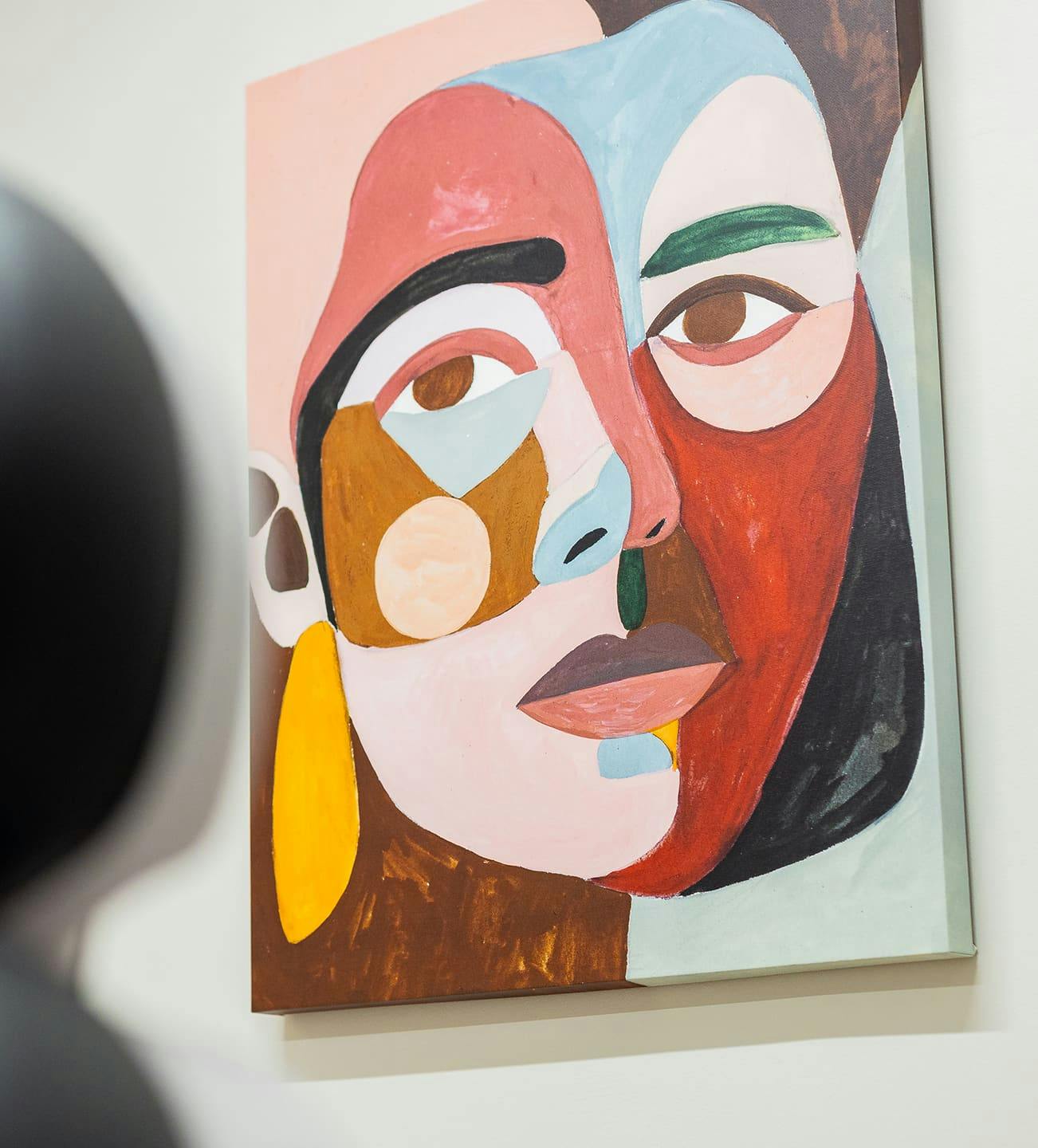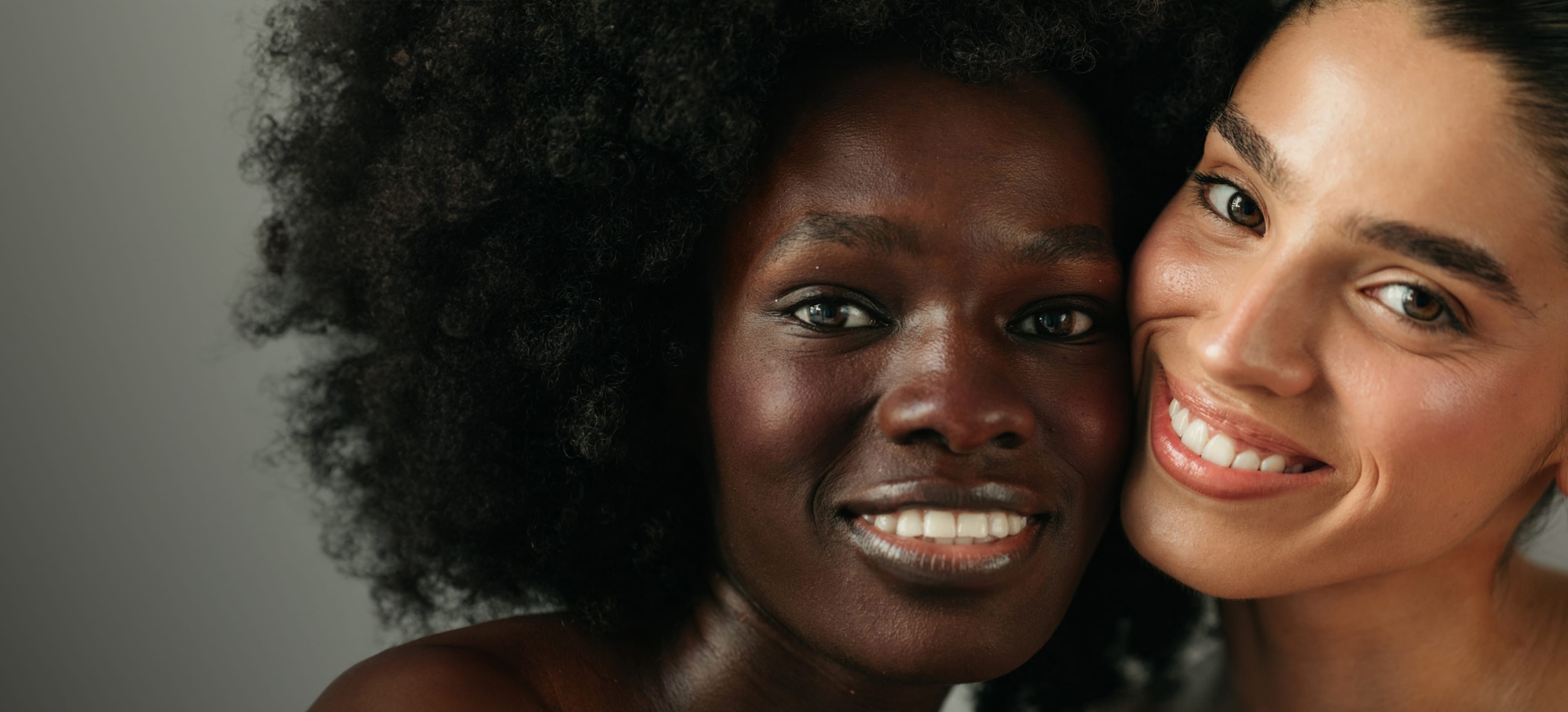Blocked tear ducts can be a real nuisance, causing constant watering eyes, redness, and even infections. New York Eye and Face offers various treatment options to get your tear ducts flowing freely again, bringing relief and restoring comfort to your eyes.
What is a Blocked Tear Duct?
Tears are essential for lubricating and protecting your eyes. They are produced by the lacrimal gland and drain through a small tube called the nasolacrimal duct into the nose. When this duct becomes blocked, tears can't drain properly, causing a backup and overflow onto the cheek.







